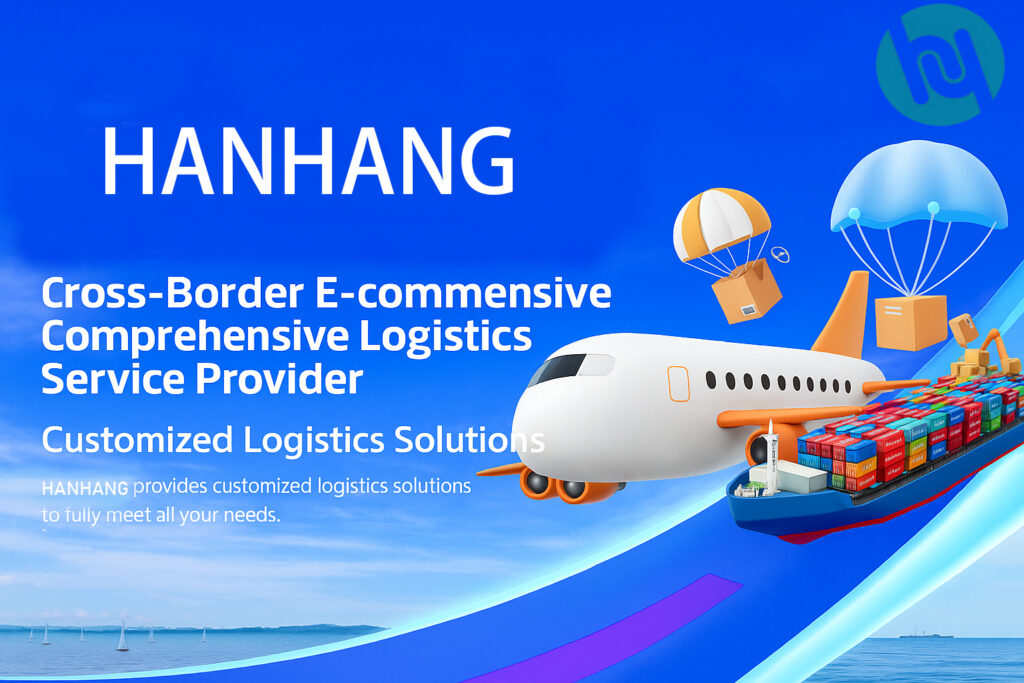A New Era for the China-Russia Trade Corridor
As freight trains roar past Alashankou, a brand-new Eurasian Land Bridge is rewriting the rules of international trade. On the evening of June 22, 2025, a 50-car container train loaded with heavy-duty truck parts and tires departed from Xinjie Station in Ordos.
This westbound train bound for Moscow, using an innovative model of regional cargo consolidation and bonded zone integration, has shortened the distance between China’s heartland and Russia’s core markets like never before.

01 – A Trade Artery Upgraded: The Evolution of the China-Europe Freight Trains
Steel camel caravans are now crisscrossing the Eurasian continent with unprecedented frequency. On June 23, 2025, the Wuhan Railway Bureau revealed that China-Europe freight trains (departing from Wuhan) have shipped a total of 59,440 TEUs to Russia, with a cargo value reaching 12.9 billion yuan.
Over its ten years of operation, this trade artery has expanded to cover 22 cities across Russia. From Moscow to the economic hub of Novosibirsk, the “Hanou International” logo can be seen on containers throughout the country.
What’s even more notable is the revolution in speed. Thanks to “rapid customs clearance” train models, products from Hubei companies such as Dongfeng Motor now reach Russia 1–2 days faster. Today, machinery and new energy vehicles made in Hubei take just 14 days to reach the Russian market.
In the grasslands of Inner Mongolia, Ordos is delivering an even bigger breakthrough. The first westbound train that departed on June 22 uses a “multi-source consolidation – bonded zone departure” model: cargo is collected from nearby regions and enters the bonded zone for declaration, inspection, and containerization in a single process.
This “one-time customs clearance” operation enabled 11.79 million yuan in trade to be processed directly in Ordos.

02 – A Logistics Revolution: The Smart Formula for Cross-Border Transport
The logistics equation of China-Russia trade is being rewritten. The traditional 35-day sea route is being overturned by diverse and smart transportation solutions:
* **Rail express**: With upgrades to Russian broad-gauge rail capacity, each train now carries up to 90 TEUs, reducing delivery time to 18 days.
* **Air charter**: The new Harbin–Novosibirsk route allows goods to arrive in Russia’s Far East within 48 hours.
* **Multimodal transport**: Guangzhou-based Russpeed offers “door-to-door” services integrating border trucking and Russian railways, attracting 67% of small and medium enterprises.
The breakthrough in **rapeseed oil trade** is especially revolutionary. Russian logistics firm VL Logistics pioneered the use of 40-foot flexitank containers to transport rapeseed oil from the Altai Krai region to Chengdu via Kazakhstan. The entire journey took just 10 days, solving the problem of small-batch shipments struggling to reach destination markets directly.
Even deeper industrial integration is underway. Russian agricultural giant Miratorg shipped 2,700 tons of rapeseed oil to a Chengdu factory via the Zabaykalsk–Manzhouli border in just three weeks—three times faster than traditional sea routes. This precise “factory-to-factory” connection helped Russian rapeseed oil reach 543,000 tons of China’s imports from January to May 2025.

03 – A Customs Clearance Revolution: Big Cargo, Smart Solutions
When a giant tire with a diameter of 3.5 meters and weighing 4 tons was lifted at Putian Port, the “hard power” of Chinese manufacturing became vividly tangible. On June 23, 2025, 198 of these enormous tires—the size of two compact cars each—set a record for the largest shipment ever handled at the port.
Manufactured by Haian Rubber Group, these “giants” are now en route to Russia aboard the Panama-flagged *Fuzhi*, another milestone in China’s high-end manufacturing going global. Supporting this massive shipment is the “soft power” of smart port services.
Putian’s border inspection station deployed a “one ship, one plan” strategy integrating three core functions:
* **Integrated inspection**: Real-time tracking of vessel movements, minimizing idle time
* **End-to-end service**: Seamless processing of ID checks and customs paperwork
* **Digital surveillance**: 24/7 on-site monitoring to ensure port safety
“Chinese manufacturing quality and efficient border clearance are the dual engines powering our global expansion,” said Zhuo Jinyun, Executive Director of Putian Port Supply Chain Management Company, during the loading operation.

04 – Rule Rewriting: A New Force in Global Trade
Behind the logistics revolution lies a deeper restructuring of global rules. At the St. Petersburg International Economic Forum, a 47% surge in daily Ruble-RMB trading volume revealed the explosive momentum of the current 70% local currency settlement ratio in China-Russia trade.
When President Putin likened the rise of a new economic order to an “unstoppable sunrise” and asked 140+ national representatives, “Who writes the rules?”—the Saudi investment minister slapped his thigh in agreement, and the Brazilian delegate gave a thumbs-up. The scene went viral.
As Putin noted, “China and Russia are not the architects of a new order—we are merely the cleanup crew.” As steel camel caravans roll over the old rules, a new Silk Road of Eurasian trade is already taking shape.
